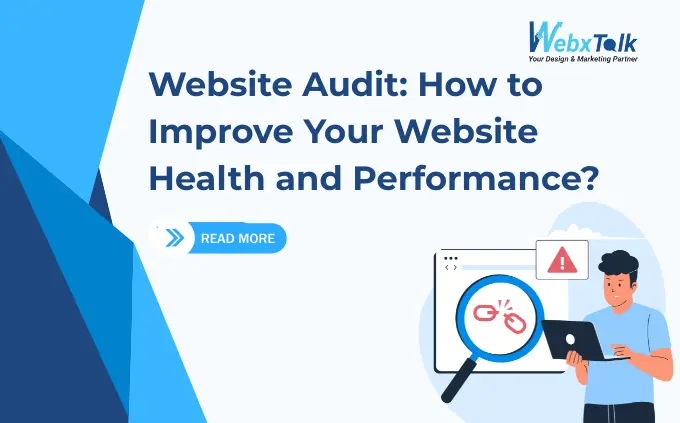Technical SEO
Technical SEO is all about optimizing the technical elements of your website to make sure it’s easy for search engines to find, understand, and rank. It focuses on ensuring that your site’s content is easily crawled by search engine bots and that the search engines can properly interpret the content. The goal is to improve how your site performs in search results, helping you attract more organic traffic and boost your rankings.
For a deeper dive, here’s a more detailed explanation:
What is Technical SEO?
Technical SEO is a HUGE topic. A detailed technical awareness of these ideas is not required. Making sure that search engines can quickly locate and crawl every page on your website is the primary objective of technical SEO. Technical SEO has broadened in recent years to cover subjects like mobile optimization and site loading speed, among others.To be honest, most site owners don’t need to worry that much about technical SEO.
(Especially if you are a WordPress user)
But that doesn’t mean you should completely ignore technical SEO. One wrong move could damage your entire site.
With that, here’s a step-by-step guide to get your technical SEO in order.
Before a website goes live, it needs some setup!
- Purchase a Domain Name: Domain names like “Webxtalk.com” are purchased from a domain name registrar such as GoDaddy or HostGator. These registrars are just online websites that manage the reservations of domain names.
- Link domain name to IP address: The Internet doesn’t understand your domain name, like “Webxtalk.com,” as website addresses without the help of domain name servers (DNS). The Internet is operated with a set of numbers known as an Internet Protocol (IP) address (ex: 198.0.0.1) to comprehend your site. So we need to use a DNS to link our domain names with machine-readable numbers (IP).
Now that you know how a website appears in a browser, we’re going to focus on optimizing your website for search.
Verify Your Site in Google Search Console
The Google Search Console, or Webmaster, is a dashboard of your site’s health and performance in Google.
(Note: Bing has their own version of this tool called Bing Webmaster Tools.).
To use the Google Search Console, you’ll need to verify your website (Google calls sites “domain properties”).
When you do, you’ll get access to an awesome tool—Google Search Console—that shows you how many people see and click on your website in Google’s search results.
But that’s just a start; you can do much more with this amazing tool.
The tool is packed with helpful features that allow you to submit your sitemap directly to Google, see how many pages are indexed, and much more.
Canonicalization: Tell search engines about your preferred pages
In some instances Google does not know which page to index or not in search results when it discovers the same material at other web pages. That is why such a tag as “canonical” was developed in order to assist search engines to index the origin of the content and not all its clones.
With the help of canonical tag, you can inform the search engines about the original location of the content. So, if you want to republish a piece of content, whether exactly or less modified, but don’t want to risk creating duplicate content, the canonical tag is here to save time.
Every distinct piece of content on your website will have a single URL thanks to a canonicalization tag. Google recommends doing a self-referencing canonical tag on every web page in your site to prevent indexing of duplicates of the same page.
Measure and optimize your page speed
A slow-loading website isn’t just annoying for users. It can hurt search engines too. In 2018 Google launched a new “Speed Update.” As the name suggests, this update started to penalize web pages that load slowly on mobile devices.
Naturally, Google doesn’t make you suggest whether your site is loading slowly or not. In fact, they just launched an updated version of their tool—Page Speed Insights.
Not only does this tool give your page a 0-100 speed rating.
…but an opportunity list of things you can do to speed things up.
As you can see, we have some work to do.
(Note: Depending upon the suggestions you get, you may be able to improve your site’s loading speed with several things. If not, you may need a developer to improve your site’s HTML.)
Website Architecture
When your site is brand new and only has 5 pages, website structure doesn’t matter all that much.
But when your site has hundreds or even thousands of pages, your site architecture setup can make a big change.
First, you want to organize your website structure (also known as a “hierarchy”) that divides your pages into categories.
Then, you want to use point internal links to showcase high-priority pages right on your website.
Optimize for Mobile
Mobile optimization has gone from “great to have” to “a must-need.”
That’s why Google’s algorithm is now mobile-first. This implies that your site must be optimized properly and responsive to the mobile users.
That way, in case your site is loading fast on the desktop but not on the mobile phones, Google will think of your site as being slow.
When you confirm your site in Search Console or Webmaster, you will know whether your site has any problem related to mobile usability or not.
And when you discover that your site does not have mobile device compatibility then that also becomes a problem that can affect your ranking. That is why you need to make your site optimized to mobile viewers as well.
Track Success with Google Analytics
How do you know if all the effort you’re putting into SEO is actually working or not?
But with this amazing tool—Google Analytics—you can largely answer that question.
Here, you can see how Google Analytics can help your SEO campaigns go smoothly:
- You can easily track (and visualize) changes in organic traffic in real time. If you see a graph like this, you’re probably on the right track.
- You can analyze the pages that bring the most traffic from search engines. In doing that, you would be able to know what works or what does not.
- Google Analytics helps you track the way to which your web site is being used. Page views and bounce rate, among other metrics, can easily help you understand whether your content meets the needs of the visitors or not.
Also, you can create conversion tracking on Google Analytics. Also, check out if the traffic generated by SEO is actually turning into leads and sales.
Technical SEO is the backbone of any successful SEO strategy. Ensuring your site is technically solid is the first step. It helps improve user experience, boost rankings, increase traffic, and promote your site online.



